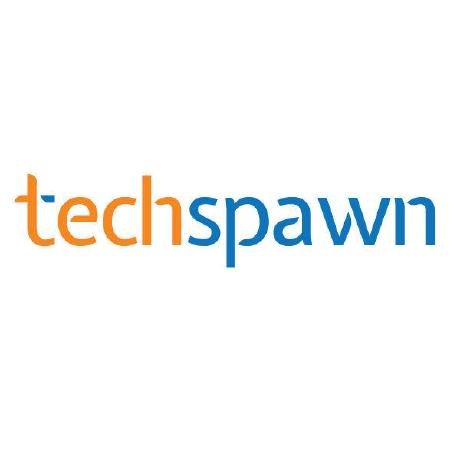
Turbo MCP Client
A FastAPI-based application that provides a web interface for interacting with Multiple Control Protocol (MCP) servers while utilizing OpenAI's API for processing messages.
what is Turbo MCP Client?
Turbo MCP Client is a FastAPI-based application that provides a web interface for interacting with Multiple Control Protocol (MCP) servers while utilizing OpenAI's API for processing messages.
how to use Turbo MCP Client?
To use Turbo MCP Client, clone the repository, install the dependencies, set up your environment variables, and start the application. Then, navigate to the web interface to enter your OpenAI API key and interact with the MCP servers.
key features of Turbo MCP Client?
- Connect to multiple MCP servers simultaneously.
- Process messages through OpenAI's API.
- Web-based chat interface for user interaction.
- Configuration and storage of API license keys.
use cases of Turbo MCP Client?
- Managing multiple MCP servers for real-time communication.
- Utilizing OpenAI's capabilities for message processing in various applications.
- Creating a user-friendly interface for interacting with complex server setups.
FAQ from Turbo MCP Client?
- Can I connect to multiple MCP servers at once?
Yes! Turbo MCP Client allows simultaneous connections to multiple MCP servers.
- Is there a specific OpenAI model I need to use?
You can configure the model name in the environment variables to use your preferred OpenAI model.
- How do I save my OpenAI API key?
You can enter your API key in the web interface, and it will be saved to the database.
Turbo MCP Client 🚀
A FastAPI-based application that provides a web interface for interacting with Models Context Protocol (MCP) servers while utilizing OpenAI's API for processing messages.
Overview
This application allows users to:
- Connect to multiple MCP servers simultaneously
- Process messages through OpenAI's API
- Interact with the system via a web-based chat interface
- Configure and store API license keys
Tech Stack
Client: html, css, js, bootstrap, animatedjs
Server: FastAPI, Openai, MCP
Features
- Connect multiple servers at a time
- Use websocket any where you want
Screenshots


Installation
-
Clone the repository:
git clone https://github.com/techspawn/Turbo-MCP-Client.git cd openai-mcp -
Install dependencies:
uv pip install -r requirements.txt -
Set up your environment variables:
export MODEL_NAME="gpt-4o" # or your preferred OpenAI model
Environment Variables
To run this project, you will need to add the following environment variables to your .env file
MODEL_NAME=gpt-4o
Configuration
-
Create a
config.jsonfile in the root directory:{ "mcpServers": { "server1": { "command": "your_command", "args": ["arg1", "arg2"] }, "server2": { "command": "another_command", "args": ["arg1", "arg2"] } } } -
Initialize the SQLite database:
import sqlite3 conn = sqlite3.connect("mcp_config.db") cursor = conn.cursor() cursor.execute("CREATE TABLE IF NOT EXISTS config (license_key TEXT)") conn.commit() conn.close() -
Configure your OpenAI API key through the web interface.
Usage
-
Start the application:
uvicorn main:app --reload -
Open your browser and navigate to
http://localhost:8000 -
Enter your OpenAI API key in the web interface to save it to the database
-
Use the chat interface to send messages that will be processed through the MCP servers and OpenAI
Usage
-
Start the application:
uvicorn main:app --reload -
Open your browser and navigate to
http://localhost:8000 -
Enter your OpenAI API key in the web interface to save it to the database
-
Use the chat interface to send messages that will be processed through the MCP servers and OpenAI
Project Structure
├── images/ # Directory for storing image assets
│ ├── chat_window.png # Screenshot of the chat window
│ └── setting_page.png # Screenshot of the settings page
├── models/ # Contains Python modules related to data models
│ ├── __init__.py # Makes the 'models' directory a Python package
│ ├── client.py # Defines client-related logic (e.g., API client, user handling)
│ ├── config.py # Handles application configuration settings
│ └── py.typed # Indicates that this package supports type hints
├── static/ # Placeholder for static assets (CSS, JavaScript, images)
├── templates/ # Directory for HTML templates
│ ├── base.html # Base template for consistent layout across pages
│ ├── chat.html # Template for the chat interface
│ └── settings.html # Template for the settings page
├── .env # Environment variables (e.g., API keys, credentials)
├── .gitignore # Specifies files to be ignored by Git
├── .python-version # Defines the Python version for this project
├── config.json # JSON configuration file for application settings
├── database.py # Handles database connection and operations
├── folder_structure.txt # Text file describing the project structure
├── LICENSE # License file specifying usage terms
├── main.py # Entry point of the application
├── mcp_config.db # SQLite database file or config storage
├── pyproject.toml # Python project metadata and dependency management
├── README.md # Project documentation and setup instructions
├── requirements.txt # List of required dependencies
└── uv.lock # Lock file for package versions (possibly from `uv` or another package manager)
API Endpoints
GET /: Main chat interfacePOST /get_settings: Save OpenAI API license keyWebSocket /chat: Real-time chat communication
Contributing
Contributions are always welcome!
See contributing.md for ways to get started.
Support
For support, email support@techspawn.com